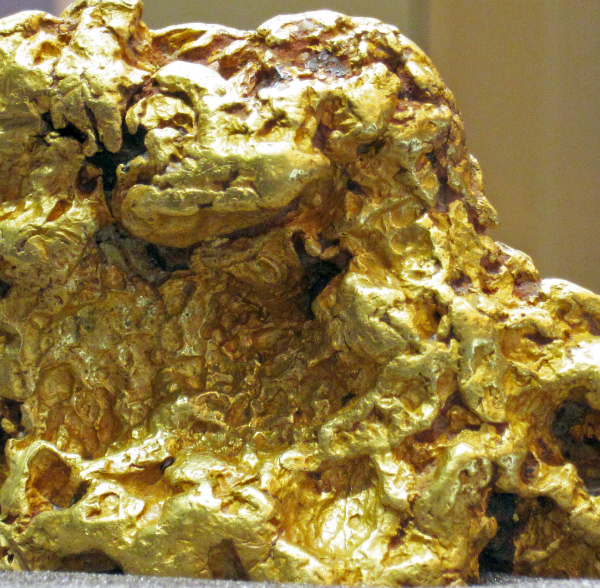Gold continues to struggle around recent lows despite the USD’s dwindling this week, with the DXY index down around 1.3%. Gold, however, has only wrung a 0.3% gain so far.
The weaker US Dollar is attributed to factors that have boosted equity markets, growth and commodity-linked currencies.
The market decreased their expected rate rise by the Fed from 100 basis points to 75 bps next week.
Netflix gained after announcing that it lost lesser subscribers than the market forecast. Twitter also got a lift after a judge allowed them to file a lawsuit against Elon Musk.
Iron price steadied today after Vale SA, a mining giant, announced that they would reduce iron ore production. Steel also gained while other base metals were relatively unchanged through the Asian session.
Despite the opinion that the 5-year loan prime rate (LPR) might have been reduced to allay discontent from mortgage holders of unfinished projects, China has held rates steady. There is growing anxiety that the impacts of Chinese builders’ renege could spread from developers and financial markets to the main street.
There is still uncertainty about gas flow through Nordstream 1 pipeline, and Europe aims to reduce gas consumption by 15% amid fears that Moscow might also cut gas supplies in the next winter.
Furthermore, crude oil moderated today, with the WTI futures contract below US$ 104 bbl and the Brent contract discharging under US$ 107 bbl.
EUR/USD went higher on the growing speculation that the ECB will go for a 50 bp hike on Thursday. The market is split between 25 and 50 bps, with 37.5 bps priced into the overnight index swap (OIS) market.
AUD/USD also gained after RBA Governor Philip Lowe‘s speech today, where he reaffirmed the need to tackle inflation now to avoid much higher interest rates further down the track. His speech was followed by releasing the review details into the RBA.
After UK CPI today, Canada will see CPI numbers while Tesla is expected to announce earnings.

